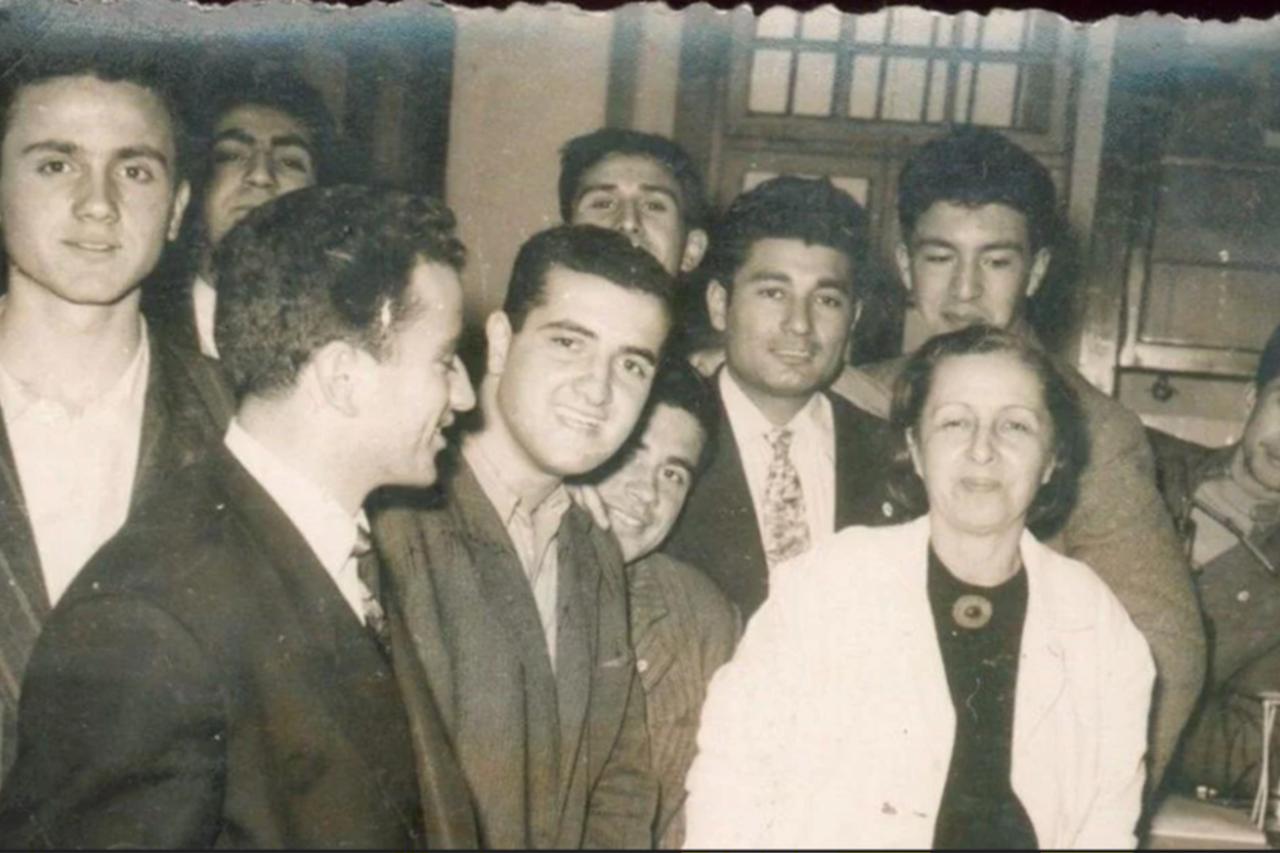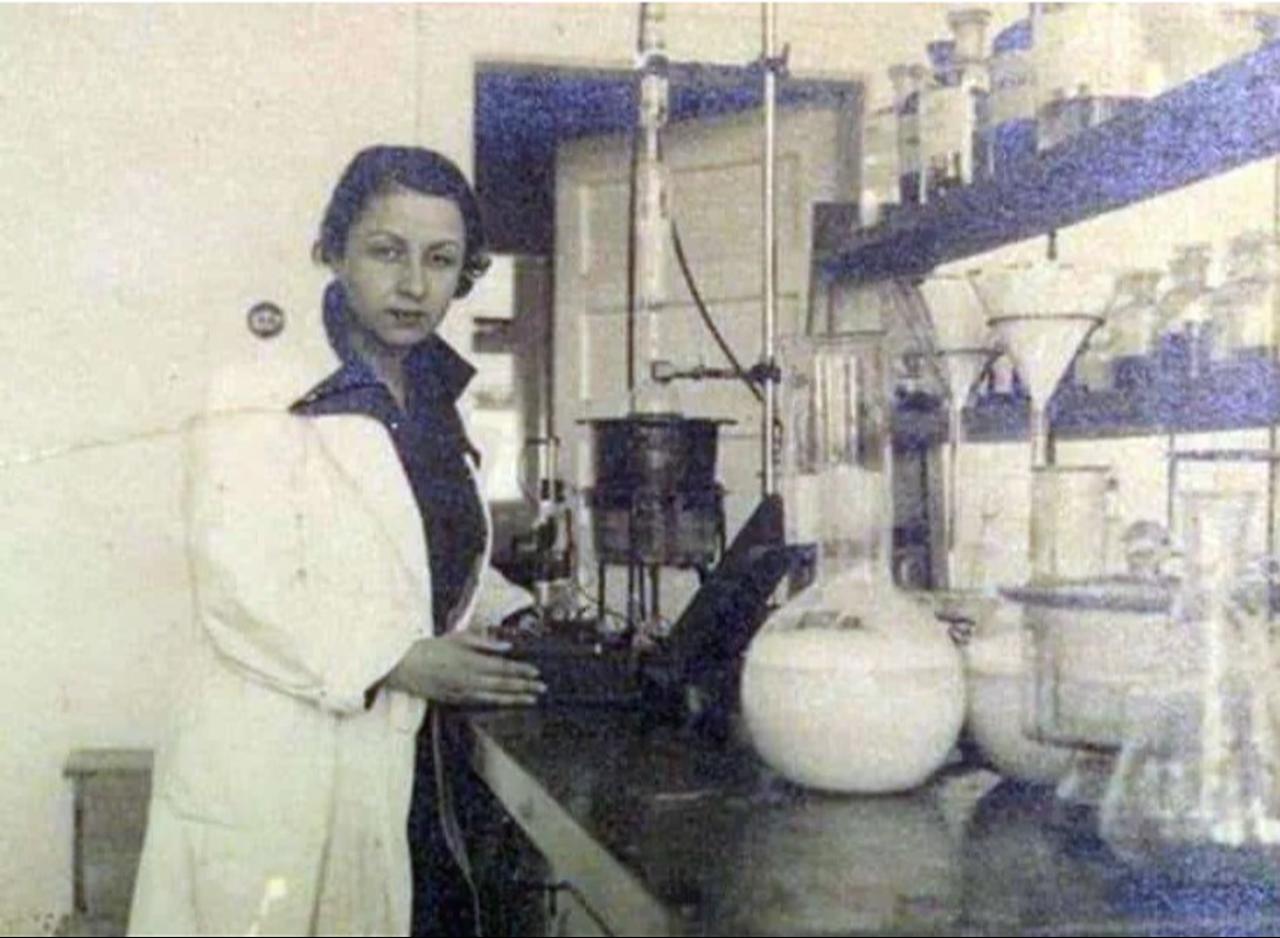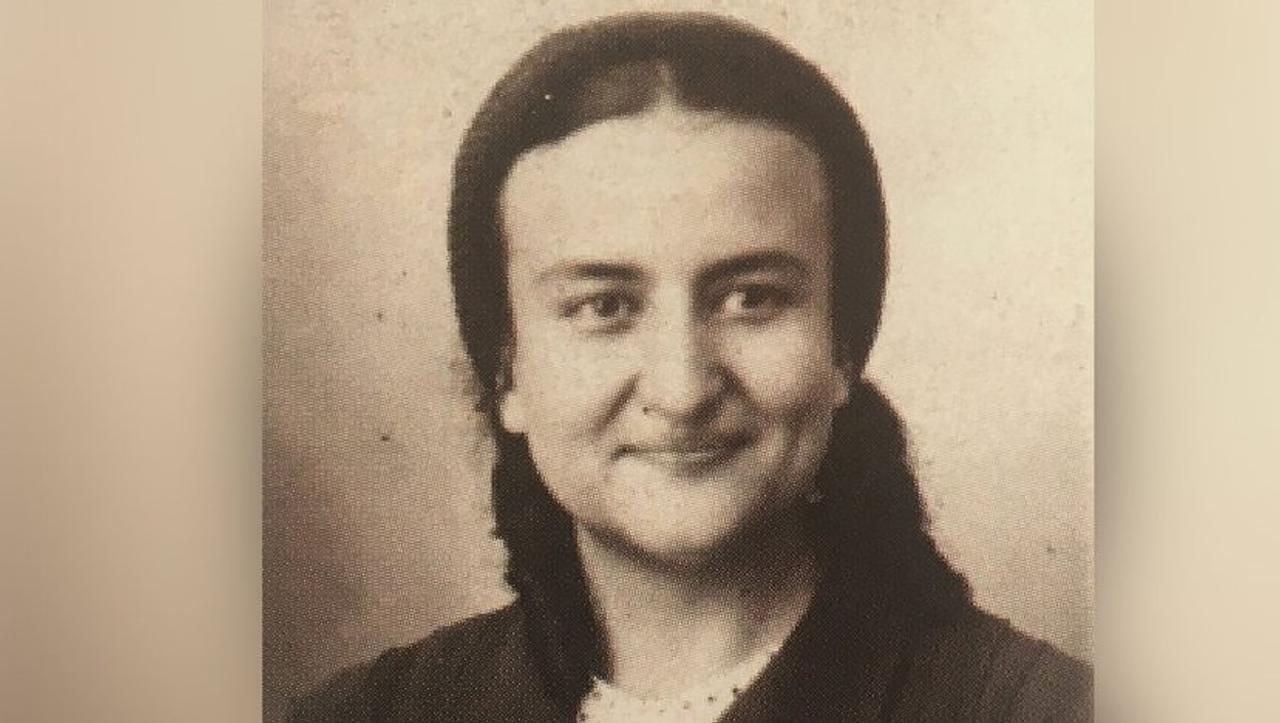
The 1930s in Türkiye were a period of rapid change, driven by the state’s vision of modernization and Westernization.
The cities were expanding at an unprecedented pace, education reforms dominated public discourse, and new social norms—spread through radio and newspapers—began changing daily life.
This evolving environment offered both opportunities and hurdles for women seeking entry into the academic world.
Although universities were officially open to women, laboratory benches, lecture halls and scientific journals remained mainly male-dominated spaces.
Women had to carve their own paths, assert their visibility, and claim ownership of their scientific contributions.
Between 1930 and 1980, the struggles, visibility, and societal roles of women academics can be traced through their personal stories and memoirs, revealing both triumph and tension.

Born in 1902 in Uskup, Remziye Salih Hisar’s early life was shaped by migrations and dreams. During the Balkan Wars, her family relocated to Istanbul, where she attended provincial schools, studying mathematics and science.
“I would sit at the desks by the window; my heart would race when science class began,” she recalls.
Textbooks were scarce, and teachers were sometimes absent, yet these challenges did not deter her determination.
In 1925, a scholarship aligned with the Republic’s modernization vision enabled her to study at the Sorbonne. In Paris, she attended biochemistry courses as the only woman and the only Muslim in her class.
While her classmates frequented cafes after lab, Hisar returned home to care for her son. “Many times, while sitting at the laboratory bench, I wondered if my child needed me at home,” she writes.
These moments highlight the dual responsibilities she carried, transforming them into both a sense of duty and a source of motivation.
Upon returning to Türkiye, Hisar began teaching at the Faculty of Science at Istanbul University. Her memoirs recount moments when male students left her classes and colleagues belittled her for being a woman.
Nevertheless, she continued publishing, deepened her research, and gained recognition, including the 1950s French Officier d’Académie award. She also documented the persistent challenges of limited lab equipment, difficulty sourcing chemicals, and gendered prejudices from peers.
Sabire Aydemir, the daughter of a civil servant from Samsun, graduated from Ankara Veterinary Faculty in 1937. Newspapers dubbed her a “woman venturing into a man’s profession.” Villagers and students alike watched her laboratory work with curiosity—and sometimes derision.
Seniha Tunakan, one of Türkiye’s first female botany professors, pursued her doctorate in Germany in the late 1920s. In Berlin, she was often treated as an “exotic” figure: “Everyone came by my workbench like tourists,” she noted.
Returning to Türkiye, she conducted field research across Anatolia, often facing questions such as, “What is a woman doing alone in the mountains?”
Despite skepticism, her collected specimens enriched Istanbul University’s herbarium, which remains a vital reference for researchers. Her memoirs recount nights in tents, encounters with insects and snakes, and warm exchanges with villagers, showing the inseparability of field research and academic work.

Nuzhet Gokdogan, born in 1910, completed a doctorate in celestial mechanics in Paris and became Türkiye’s first female astronomy professor.
At Kandilli Observatory in Istanbul, male colleagues often refused to handle telescope adjustments, compelling Gokdogan to take on extra responsibilities.
In her notes, she wrote, “I can look at the stars too,” asserting her right to scientific inquiry. Her 1954 appointment as Dean of the Faculty of Science marked a rare achievement for a woman in university leadership. Her memoirs reveal cold night walks during observations, long hours at the telescope, and mentoring moments with students.
Trabzon-born Fatma Hikmet Ismen focused on plant genetics at Ankara Higher Agricultural Institute in the 1940s, becoming one of Türkiye’s first female associate professors in genetics by 1949.
Her notebooks meticulously recorded experiments and collegial exchanges. In the 1960s, she entered politics as a parliamentary candidate for the Türkiye Workers’ Party, blending scientific work with public service. Her memoirs recount village visits during the campaign while maintaining correspondence to advance her research.
The 1933 University Reform, which replaced Darulfunun with Istanbul University, brought new faculty appointments and introduced Western scientific methods. German academics taught laboratory techniques and scientific methodology, while female academics had to prove themselves in male-dominated spaces. Limited access to laboratories and classrooms was simultaneously an opportunity and a test.
The 1946 transition to multi-party politics, coupled with increased educational investment, the creation of new faculties, and the awarding of more overseas scholarships, created a comparatively favorable environment. However, the 1971 Memorandum and the 1980 coup disrupted this trajectory.
Disciplinary actions, dismissals of politically suspect faculty, and forced departures abroad interrupted careers. University records note, “Female assistants’ leave requests and research projects are not approved,” highlighting the restrictive academic climate.
Challenges for women academics went beyond science. Household responsibilities, childcare, and domestic work rested largely on women’s shoulders.
Hisar frequently reflected on these duties during her commutes from the lab. Limited access to laboratories, scarce materials, travel restrictions, and language barriers further complicated their professional lives.
Hisar’s promotion to professorship, along with textbooks, publications, and international awards, increased her visibility. Yet criticism, jealousy, and gendered limitations persisted. Gokdogan’s telescope challenges, Aydemir’s determination in veterinary practice, and Tunakan’s botanical fieldwork illustrate the ongoing tension between invisibility and achievement.
From the 1933 University Reform to the multi-party era beginning in 1946, opportunities expanded, mentorship flourished, and resources diversified. Yet political upheavals in 1971 and 1980 curtailed women’s visibility and academic careers.
These decades were marked by intermittent progress in research, recognition, and professional development.
Legislation on women’s rights, civil code reforms, and educational investment were prerequisites for female academic visibility. Urban migration, modernization, and expanding public spaces increased access to universities and city centers.
Yet inequalities persisted, including geographic disparities, economic constraints, societal pressures, and credential recognition challenges.
The stories of Türkiye’s women academics between 1930 and 1980 tell of a hopeful yet conflicted period.
Pioneers such as Remziye Hisar, Sabire Aydemir, Nuzhet Gokdogan, Seniha Tunakan, and Fatma Hikmet Ismen carried the weight of the nation’s scientific modernization, symbolizing its promise.
Their achievements reveal a journey shaped by societal norms, political turbulence and academic constraints.